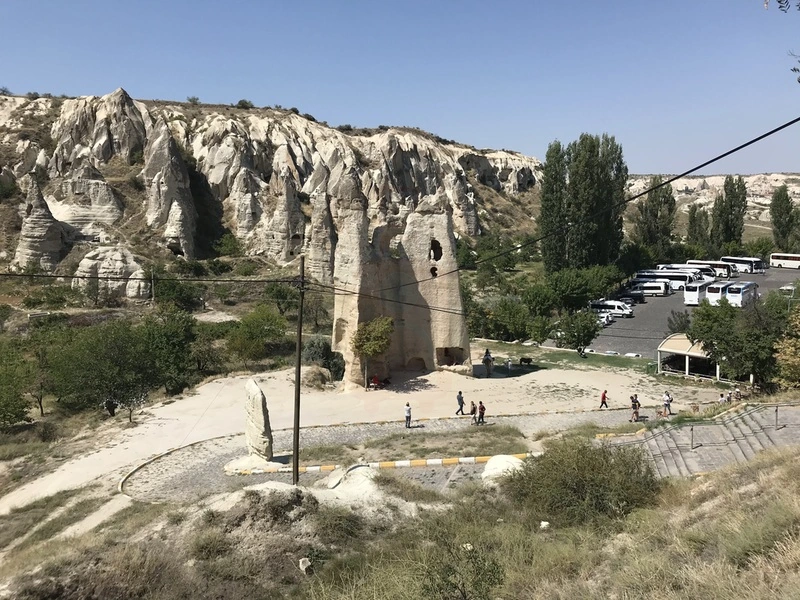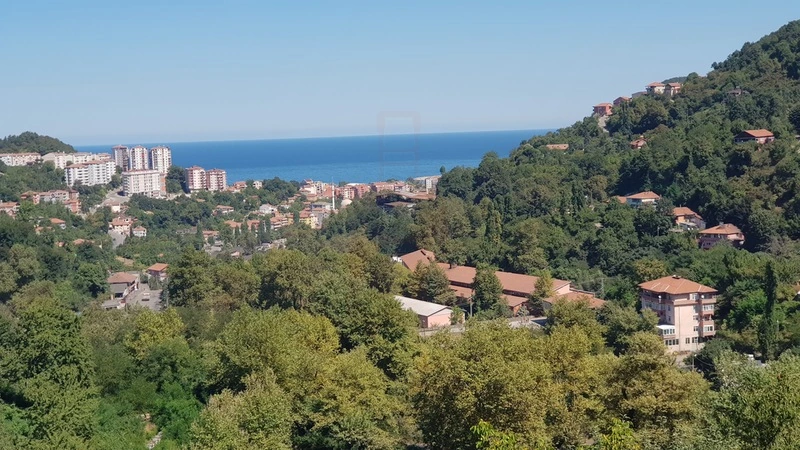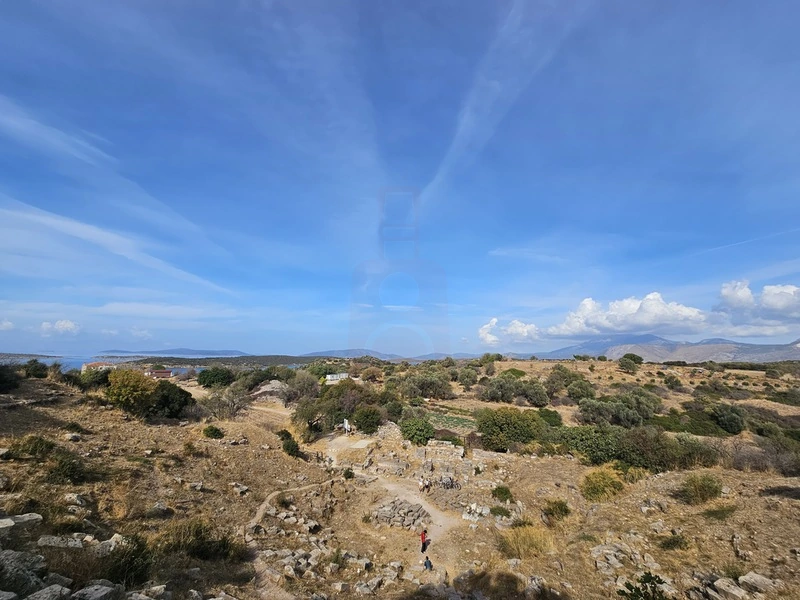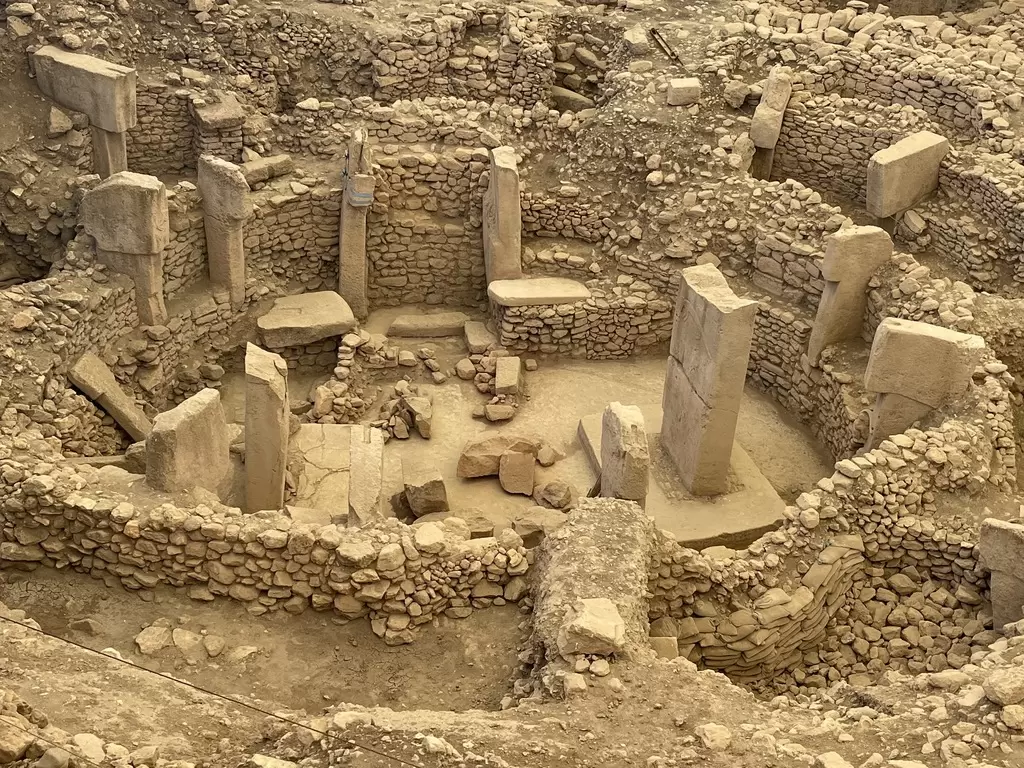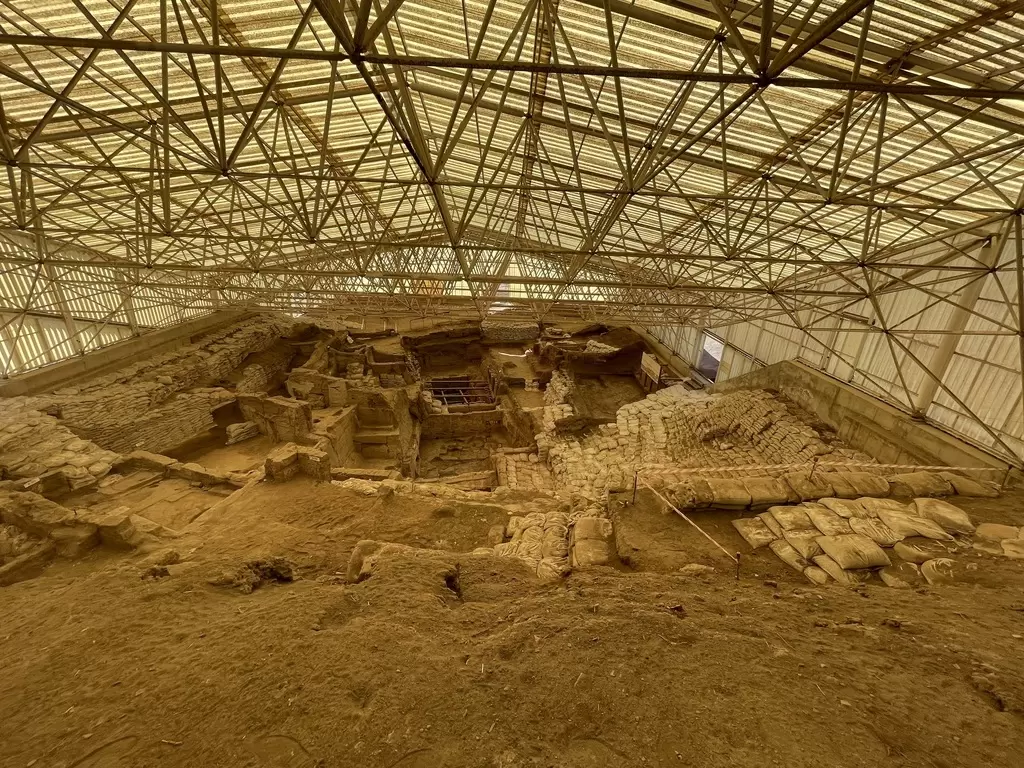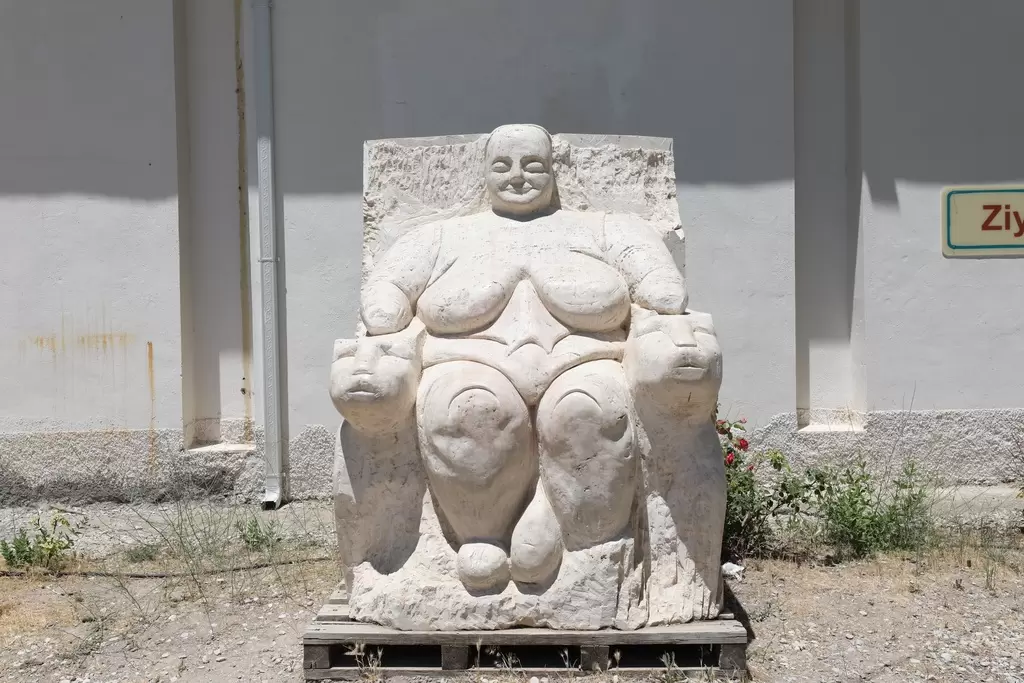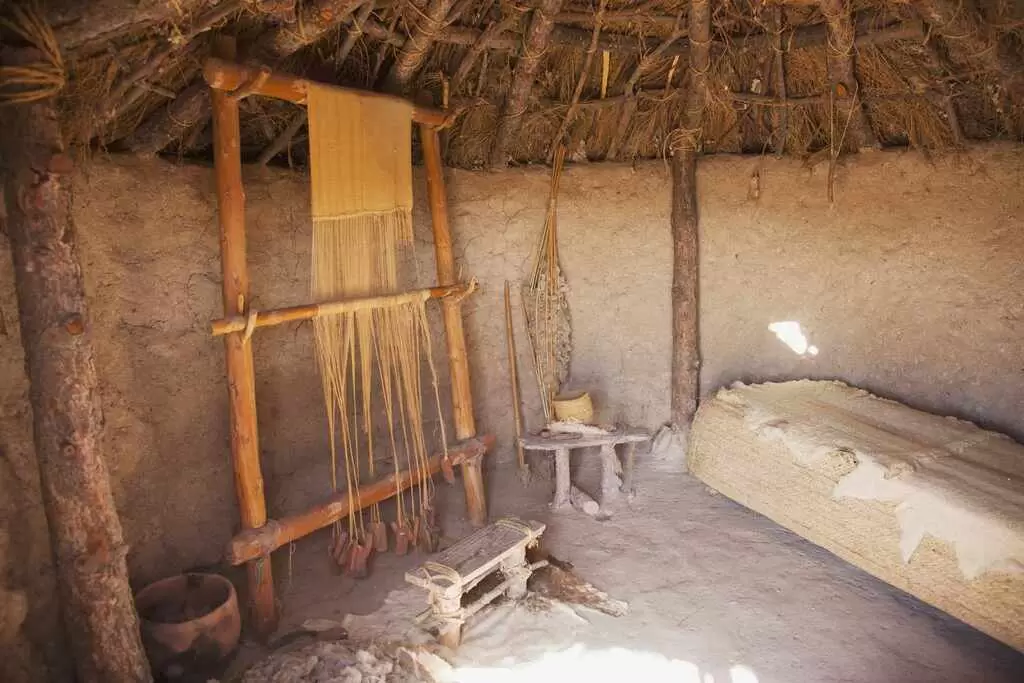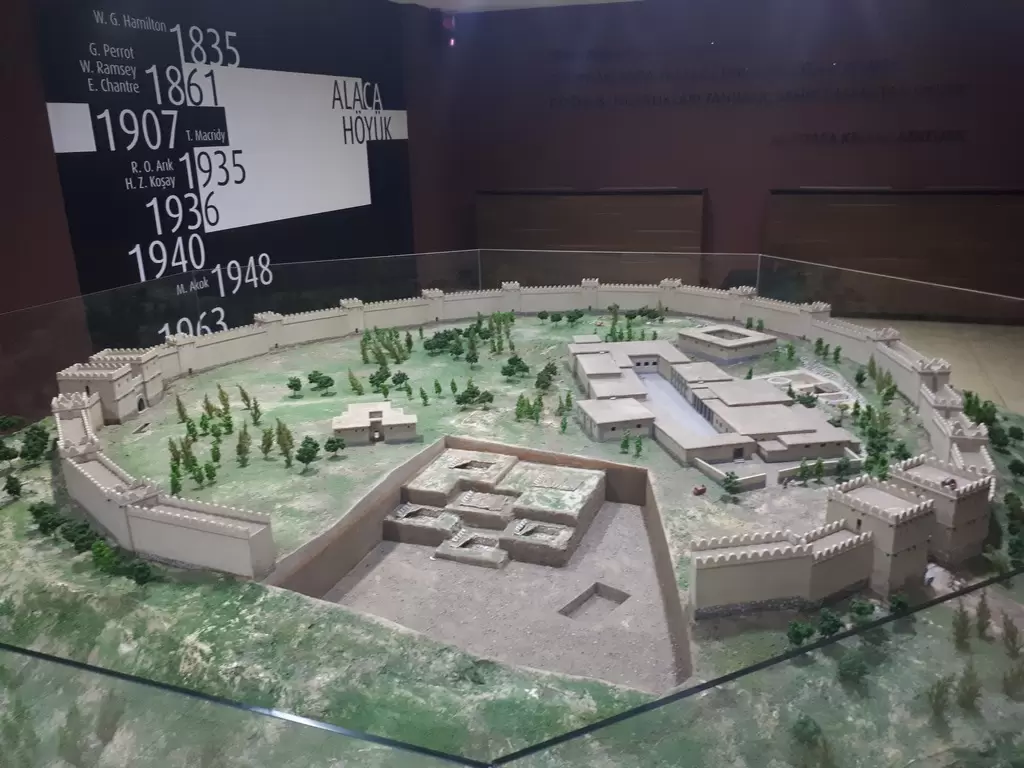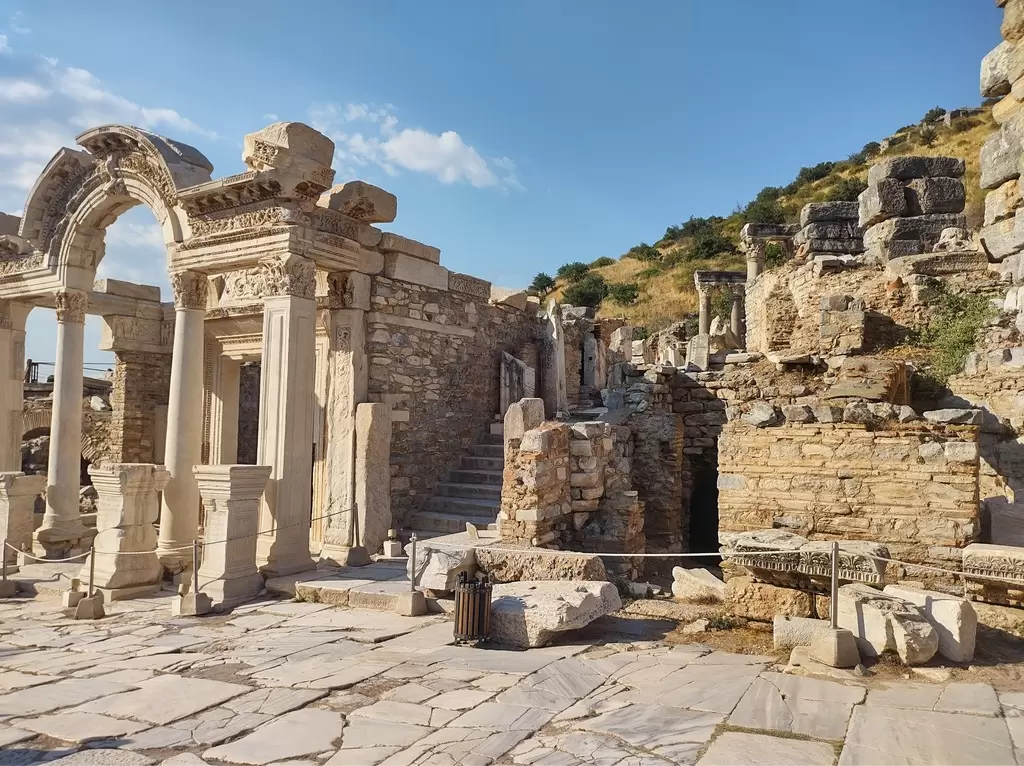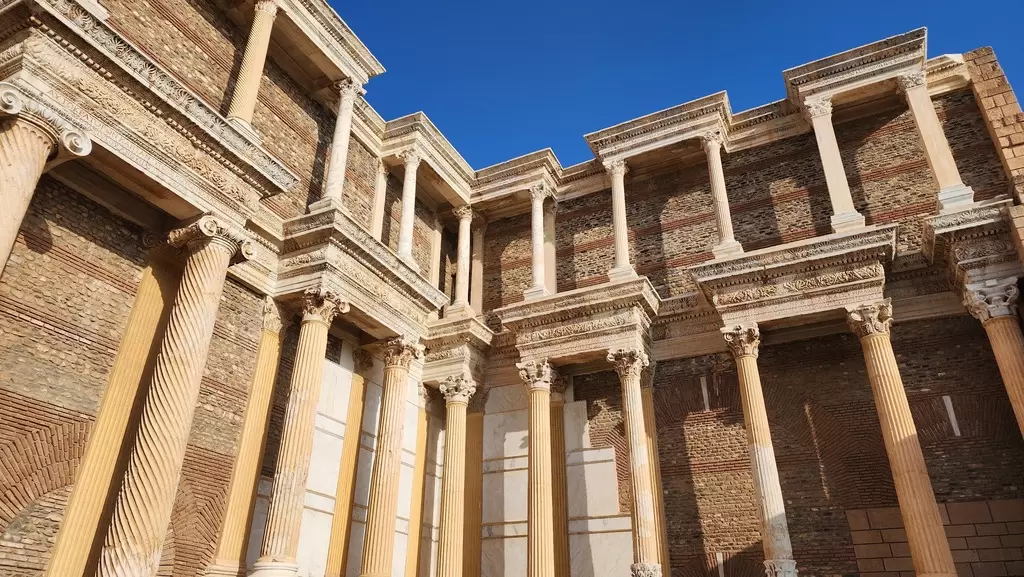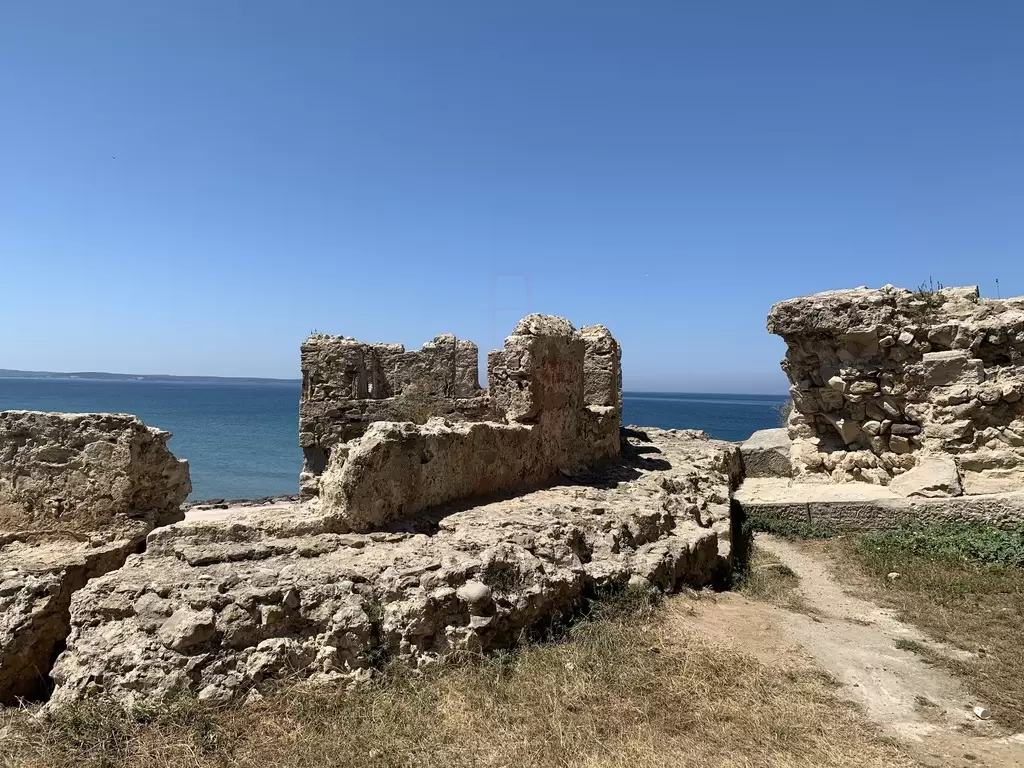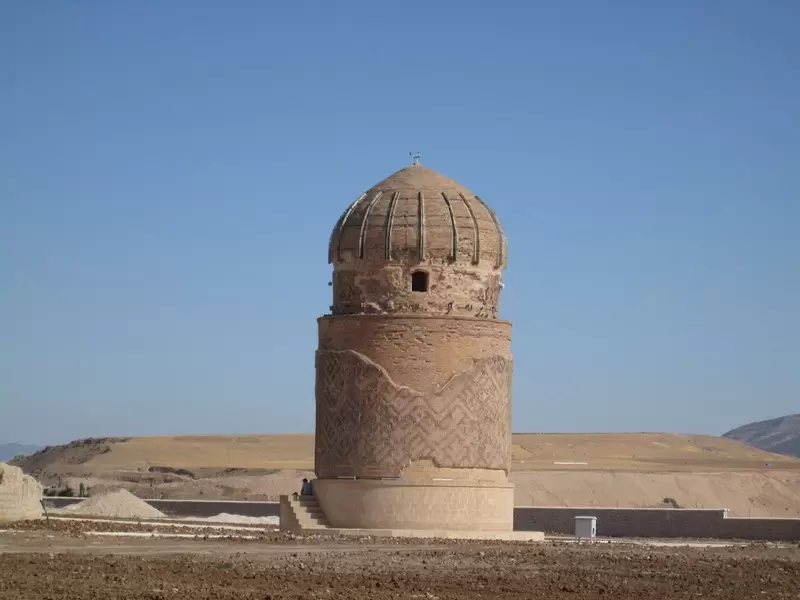
The Karamanids and Akkoyunlu were significant Turkic principalities that shaped the political and cultural landscape of Anatolia during the late medieval period.
The Karamanids, founded in the late 13th century, established their power in central Anatolia, particularly around the city of Karaman. They were known for their resistance against the Mongol invasions and the subsequent rise of the Ottoman Empire. The Karamanids played a crucial role in the region by fostering a sense of Turkish identity and promoting the use of the Turkish language in literature and administration. Their rulers encouraged cultural developments, leading to a flourishing of Turkish poetry and prose. The most notable figure of this dynasty was Karaman Bey, who declared Turkish as the official language of his realm, challenging the dominance of Persian and Arabic in the region.
The Akkoyunlu, meaning "White Sheep," emerged as a powerful dynasty in eastern Anatolia and Iran in the 15th century. They were known for their formidable military capabilities and extensive territory, which included parts of modern-day Turkey, Iran, and Iraq. The Akkoyunlu were involved in a series of conflicts with rival dynasties, including the Qara Qoyunlu ("Black Sheep"), and played a pivotal role in the power struggles of the region. Under rulers like Uzun Hasan, the Akkoyunlu expanded their influence, becoming a key player in the politics of the time. They were also known for their patronage of the arts, architecture, and trade, contributing to the cultural richness of Anatolia.
Both the Karamanids and Akkoyunlu were instrumental in the transition of power in Anatolia during the late medieval period. Their interactions with the Ottomans were marked by both conflict and diplomacy, as each sought to assert dominance over the region. The decline of the Karamanids occurred in the 15th century as the Ottomans consolidated their power, ultimately incorporating Karaman into their expanding empire. The Akkoyunlu faced similar challenges, eventually succumbing to the rise of the Safavids and other regional powers.
Despite their decline, the legacies of the Karamanids and Akkoyunlu are still evident in Anatolia today. Their contributions to language, literature, and culture laid the groundwork for the Turkish identity that emerged in the following centuries. The architectural and artistic influences from both dynasties can be seen in various historical sites across the region, reflecting their rich heritage and enduring impact on Anatolian history.




